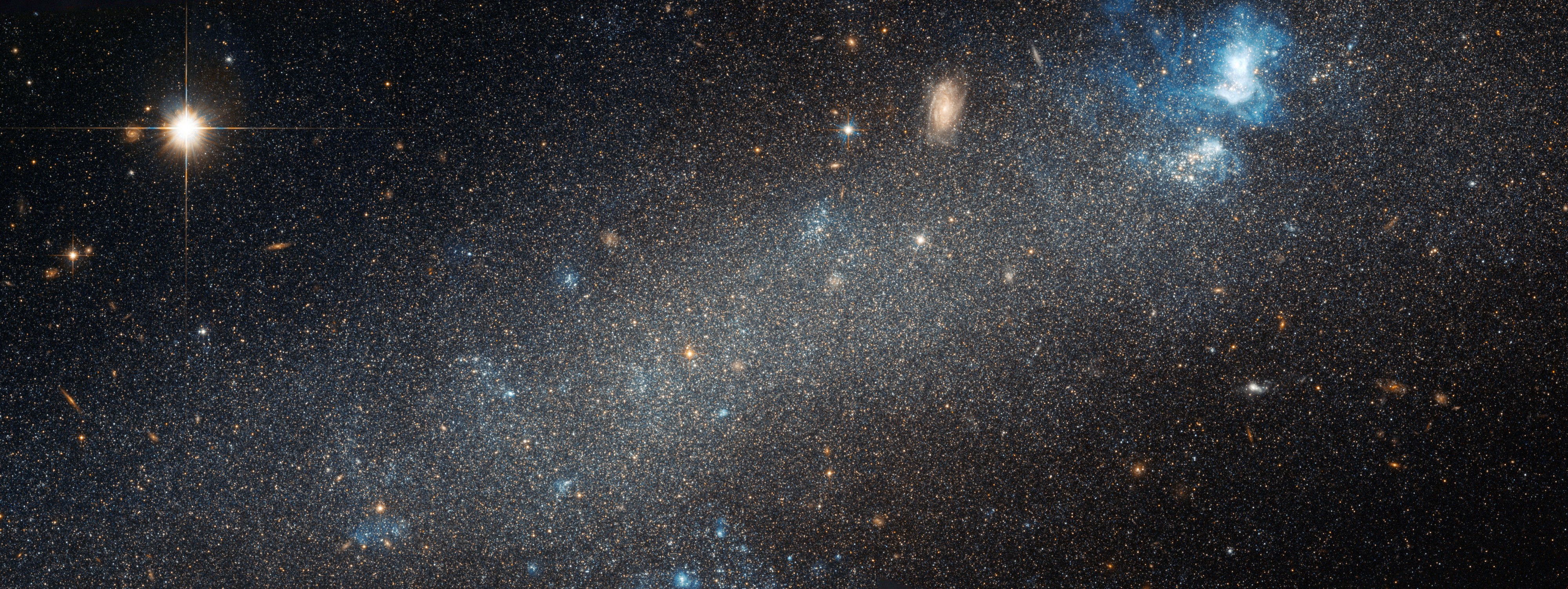Please login in order to download photos in full size
If you are not registered, please register for free: www.Free-Photos.biz/register
Please note to download premium images you also need to join as a free member..
You can also save the photos without the registration - but only in small and average sizes, and some of them will have the site's watermark. Please simply click your right mouse button and save the image.
Please login in order to like photos
If you are not registered, please register for free:
Sorry, non-members can download up to 1100 full-size photos per month.
It looks like you have used up your limit.
Free members can download an unlimited number of full-size photos - including the premium free photos.
Join as a member today for FREE! - and download the images without limitations:
www.Free-Photos.biz/membership.php
You can also save the images without the membership - but only in small and average sizes, and some of them may have the site's watermark. Please simply click your right mouse button and save the image.

|
This is a premium free photo
This photo was viewed 3 times and was downloaded in full size 2 times.
This photo was liked 0 times
Source page: |
http://commons.wikimedia.org/wiki/File:Hubble_view_of_NGC_2366_-_Heic1207a.jpg |
|---|
Summary
| Description |
English: The NASA/ESA Hubble Space Telescope has made detailed observations of the dwarf galaxy NGC 2366. While it lacks the elegant spiral arms of many larger galaxies, NGC 2366 is home to a bright, star-forming nebula and is close enough for astronomers to discern its individual stars.
The starry mist streaking across this image obtained by the NASA/ESA Hubble Space Telescope is the central part of the dwarf galaxy known as NGC 2366. The most obvious feature in this galaxy is a large nebula visible in the upper-right part of the image, an object listed just a few entries prior in the New General Catalogue as NGC 2363. A nearby yellowish swirl is not in fact part of the nebula. It is a spiral galaxy much further away, whose light is shining right through NGC 2366. This is possible because galaxies are not solid objects. While we see the stars because they shine brightly, galaxies are overwhelmingly made up of the empty space between them. Hubble’s high-resolution image illustrates this perfectly: the stars are small points of light surrounded by the darkness of space. The splendid interconnected objects of NGC 2366 and NGC 2363 are located about 10 million light-years away in the constellation of Camelopardalis (the Giraffe). As a dwarf galaxy, NGC 2366’s size is in the same ballpark as the two main satellite galaxies of our Milky Way, named the Large and Small Magellanic Clouds. Like the Magellanic clouds, NGC 2366's lack of well-defined structure leads astronomers to further classify it as an irregular galaxy. Although NGC 2366 might be small by the standards of galaxies, many of its stars are not, and the galaxy is home to numerous gigantic blue stars. The blue dots scattered throughout the galaxy speak to the burst of star formation that the galaxy has undergone in recent cosmic time. A new generation of these stellar titans has lit up the nebula NGC 2363. In gas-rich star-forming regions, the ultraviolet radiation from young, big, blue stars excites the hydrogen gas, making it glow. NGC 2363, as well as other, smaller patches seen throughout Hubble’s image, serve as the latest formation sites for stellar giants. Imaged through green and infrared filters, these nebulae take on a blueish tinge in this image, though the actual colour is a shade of red. Colours & filters: Band Wavelength Telescope Optical V 555 nm Hubble Space Telescope ACS Optical V+I Hubble Space Telescope ACS Optical I 814 nm Hubble Space Telescope ACSThis image was produced from two adjacent fields observed by Hubble’s Advanced Camera for Surveys. The field of view is approximately 5.5 arcminutes across, which is equivalent to a little over a fifth of the diameter of the full Moon. Although this is comparatively large by the standard of Hubble’s images, NGC 2366 is much too faint to observe with the naked eye. |
|||||
| Date | ||||||
| Source | https://www.spacetelescope.org/news/heic1207/ https://www.spacetelescope.org/images/heic1207a/ | |||||
| Author | NASA & ESA | |||||
| Permission (Reusing this file) |
|
|||||
| Other versions |
|
| Annotations | This image is annotated: View the annotations at Commons |
Creative Commons Attribution 3.0 Unported
| EXIF data: | |
| File name | hubble_view_of_ngc_2366_-_heic1207a.jpg |
|---|---|
| Size, Mbytes | 9.82005078125 |
| Mime type | image/jpeg |
While the copyright and licensing information supplied for each photo is believed to be accurate, Free-Photos.biz does not provide any warranty regarding the copyright status or correctness of licensing terms. If you decide to reuse the images from Free-Photos.biz, you should verify the copyright status of each image just as you would when obtaining images from other sources.
The use of depictions of living or deceased persons may be restricted in some jurisdictions by laws regarding personality rights. Such images are exhibited at Free-Photos.biz as works of art that serve higher artistic interests.
PRIVACY POLICY
By registering your account and/or by subscribing to new and newly rated photographs you agree we may send you the links to photos and we may occasionally share other information with you.
We do NOT disclose your personal data.



